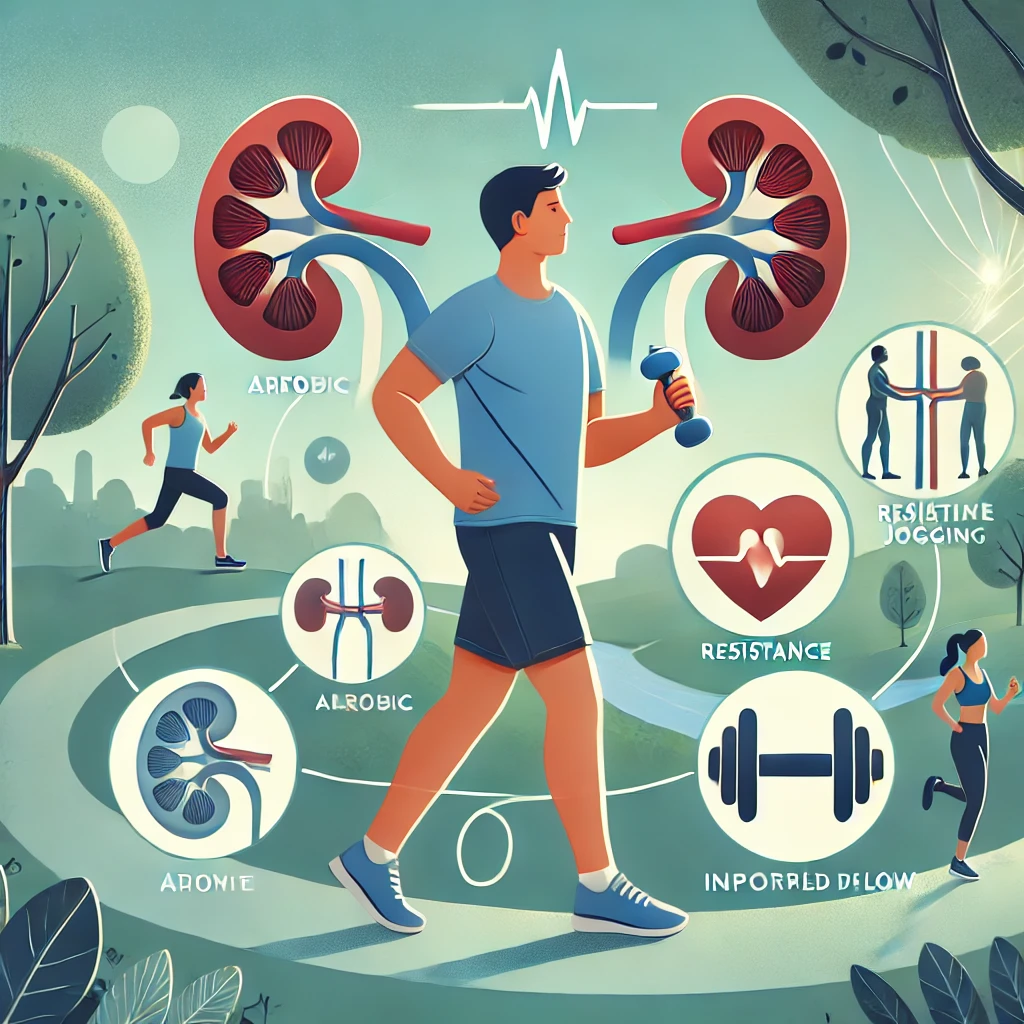What Exercise is Effective for Lowering Blood Sugar Levels?
HbA1c represents the percentage of glycated hemoglobin, which forms when blood sugar binds with hemoglobin in red blood cells. This test reflects the average blood sugar levels over the past 2-3 months. Effective blood sugar… What Exercise is Effective for Lowering Blood Sugar Levels?

